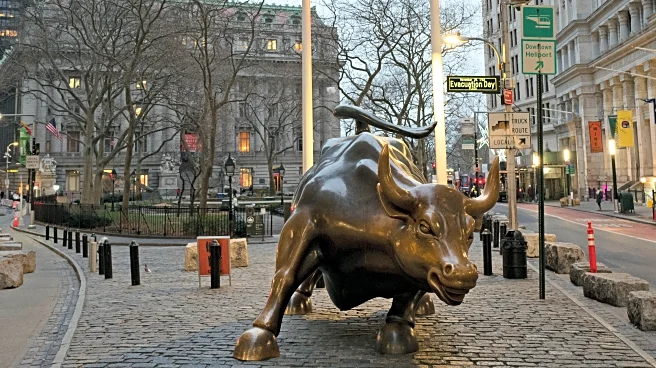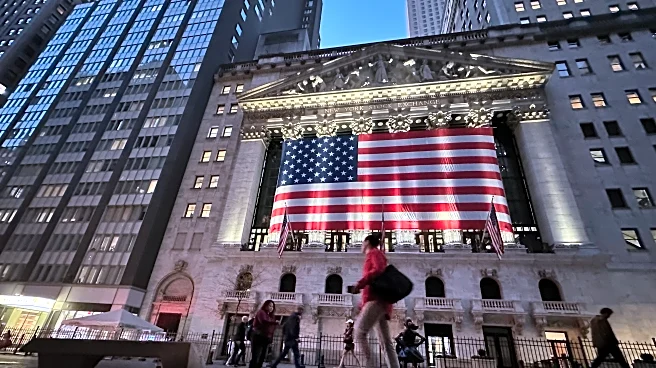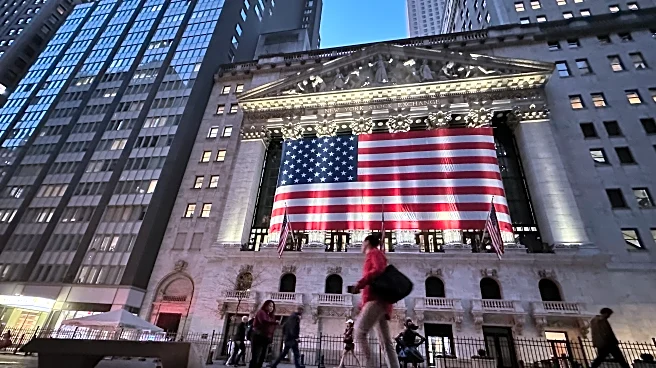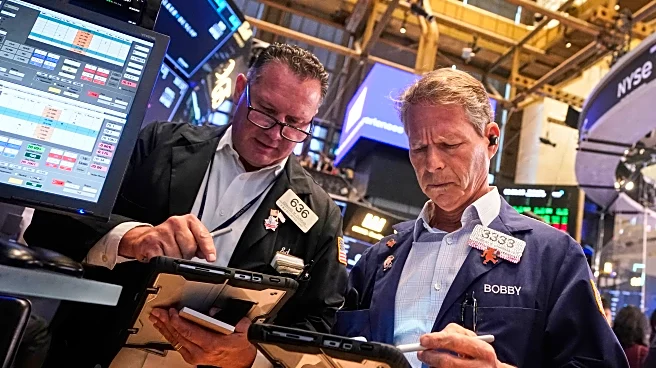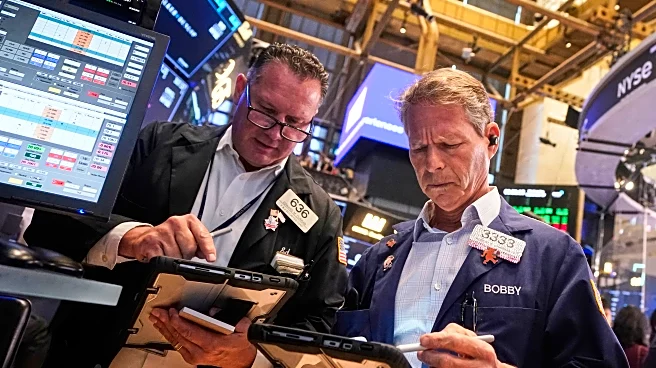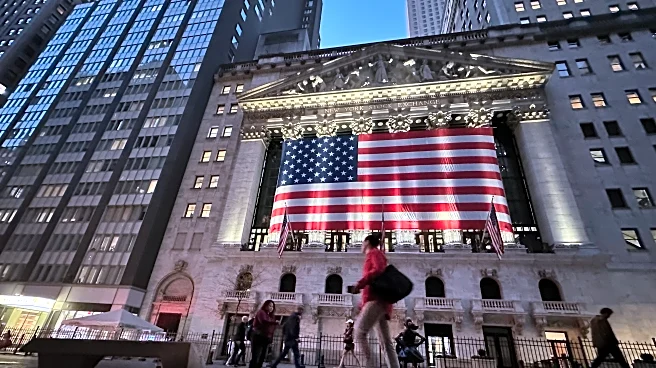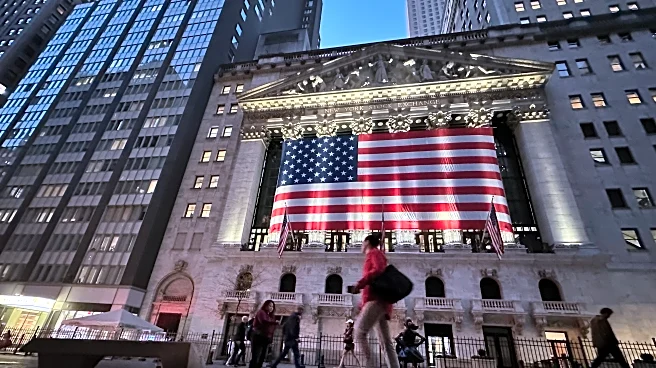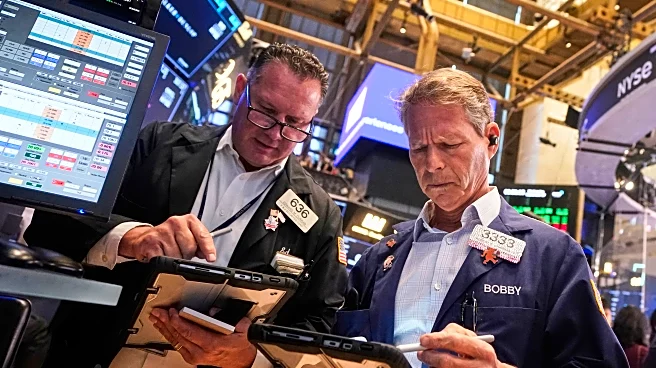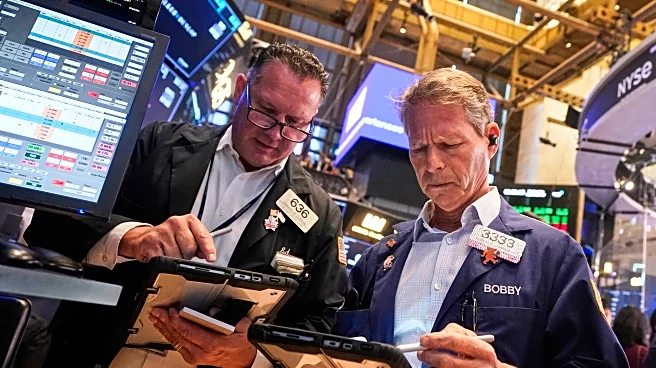NEW YORK (AP) — U.S. stocks are ticking higher on Monday and clawing back some of their losses from late last week.
The S&P 500 added 0.4%, coming off its first losing week in the last four. The Dow Jones
Industrial Average was up 29 points, or 0.1%, as of 9:35 a.m. Eastern time, and the Nasdaq composite was 0.6% higher. All three are nearing their all-time highs set a week ago.
This week’s highlight for Wall Street is scheduled to arrive on Friday, when a report will be due about how many jobs U.S. employers created and destroyed last month. The hope on Wall Street is that it will be neither too hot nor too cold and be balanced enough to keep the Federal Reserve on track to cut interest rates several more times.
The Fed just delivered its first cut of the year, and officials have penciled in more through the end of next year. It’s critical for the Fed to continue cutting rates because U.S. stocks have shot to records since April in large part because of expectations for them. Easier rates can boost the economy and make investors more willing to pay high prices for stocks and other investments.
If Friday’s job numbers prove too strong, they could take away the Fed’s urgency to cut rates. That could drag down stocks, which are already facing criticism that they’ve become too expensive. If the job numbers prove too weak, though, they could herald a coming recession that would hurt stock prices on their own.
One wild card may pop up in the interim: The U.S. government is heading toward a deadline in the middle of this week that could result in its shutdown.
The United States has been getting more used to such shutdowns, and they’ve made minimal waves for the U.S. stock market and for the economy during the past. But a shutdown could delay the collection and release of economic data, such as on jobs and inflation. Without those reports, increasing uncertainty on Wall Street could make markets more twitchy.
This shutdown may also be different because the White House may push for large-scale firings of federal workers this time around.
“We believe that a shutdown will have only a small and transitory economic impact, but it may spur some financial market volatility,” according to Jennifer Timmerman, investment strategy analyst at Wells Fargo Investment Institute. If the stock market does drop because of it, Timmerman suggested seeing it as a potential opportunity to buy favored stocks at lower prices.
In stock markets abroad, indexes were mixed in Europe and Asia.
The FTSE 100 in London added 0.3% as GSK climbed 1.4% after the pharmaceutical giant said CEO Emma Walmsley will step down Dec. 31 following more than eight years at the helm. Luke Miels, currently GSK’s chief commercial officer, will replace the 56-year-old Walmsley, who was the first woman to lead a major pharmaceutical company
The Hang Seng in Hong Kong jumped 1.9%, and Tokyo’s Nikkei 225 fell 0.7% for two of the world’s bigger moves.
Oil prices slumped more than 2% as reports that the oil-producing nations in the OPEC+ group might raise their production limits next month added to worries about too much supply washing around the world, analysts said.
Gold topped $3,850 per ounce to continue its record-breaking run amid expectations for cuts to interest rates by the Fed and worries about potentially high inflation and the mountains of debt that governments worldwide are carrying.
In the bond market, the yield on the 10-year Treasury eased to 4.16% from 4.20% late Friday.
___
AP Business Writers Matt Ott and Elaine Kurtenbach contributed.


